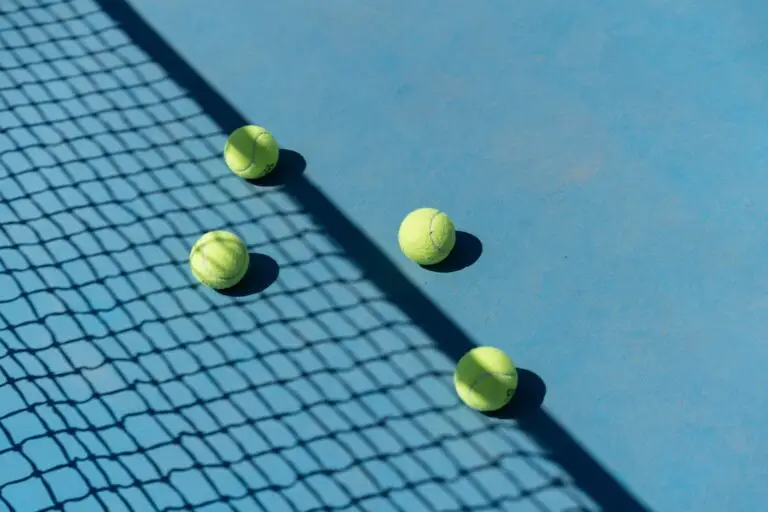On This Page:

In the world of youth sports, there’s a growing trend toward early specialization—playing one sport year-round from a young age. While this might seem like the best way to develop elite skills, science (and history) suggest otherwise. Not only does playing multiple sports reduce injury risk, but it also creates better, more well-rounded athletes.
For hockey players, being a multi-sport athlete isn’t just beneficial—it might be the key to long-term success.
The Science: Why Multi-Sport Athletes Perform Better
- Reduced Injury Risk
Specializing in one sport too early can lead to overuse injuries. According to the American Academy of Pediatrics, athletes who specialize before age 12 are 70-93% more likely to experience an injury than those who play multiple sports. Hockey is especially demanding on the hips, knees, and lower back—mixing in other activities helps balance out those repetitive movements.
Take a look at the pros: NHL stars like Sidney Crosby, Connor McDavid, and Nathan MacKinnon all played multiple sports growing up. MacKinnon credits his off-ice athleticism—playing baseball, lacrosse, and soccer—for developing the explosiveness that makes him one of the best skaters in the game.
- Better Overall Athleticism
Hockey requires a combination of speed, agility, strength, and hand-eye coordination. Other sports build these skills in different ways:
- Soccer – Improves endurance, footwork, and spatial awareness.
- Lacrosse – Enhances hand-eye coordination and conditioning, similar to hockey.
- Basketball – Develops quick decision-making, agility, and vision.
- Track & Field – Builds speed, power, and explosiveness, crucial for acceleration on the ice.
Wayne Gretzky often said playing baseball helped his reaction time and vision on the ice. Meanwhile, Hall of Famer Joe Sakic credits playing soccer for improving his balance and lower-body control—key skills for any elite hockey player.
- Avoiding Burnout
Mental fatigue is just as real as physical exhaustion. Studies show that kids who specialize too early are more likely to quit sports altogether due to burnout. Playing multiple sports keeps things fresh, preventing players from getting stuck in a cycle of overtraining and mental exhaustion.
It’s no coincidence that many top NHL players played other sports as kids. Not only does it make you a better athlete, but it keeps the game fun—something that’s easy to lose when you’re grinding on the ice 12 months a year.
What About Older Athletes?
Even for high-level players, cross-training through other sports or activities can help maintain longevity and peak performance. Many NHL players mix in different workouts and sports during the offseason:
- Tennis and racquet sports for quickness and agility.
- Swimming for conditioning with less impact on joints.
- Martial arts or boxing for balance, coordination, and upper-body strength.
Even at the highest level, variety matters. Patrick Kane has talked about how his off-ice training, including things like yoga and plyometrics, keeps him at the top of his game well into his 30s.
The Bottom Line
Early specialization might seem like the fastest path to success, but in reality, multi-sport athletes develop better overall athleticism, reduce injury risk, and avoid burnout. Hockey players—especially young ones—should take a page out of the best players’ books and play other sports to round out their skills.
In the end, the best athletes make the best hockey players—not just the ones who spend all their time on the ice.
Click on the home page button below to discover other recommendations
